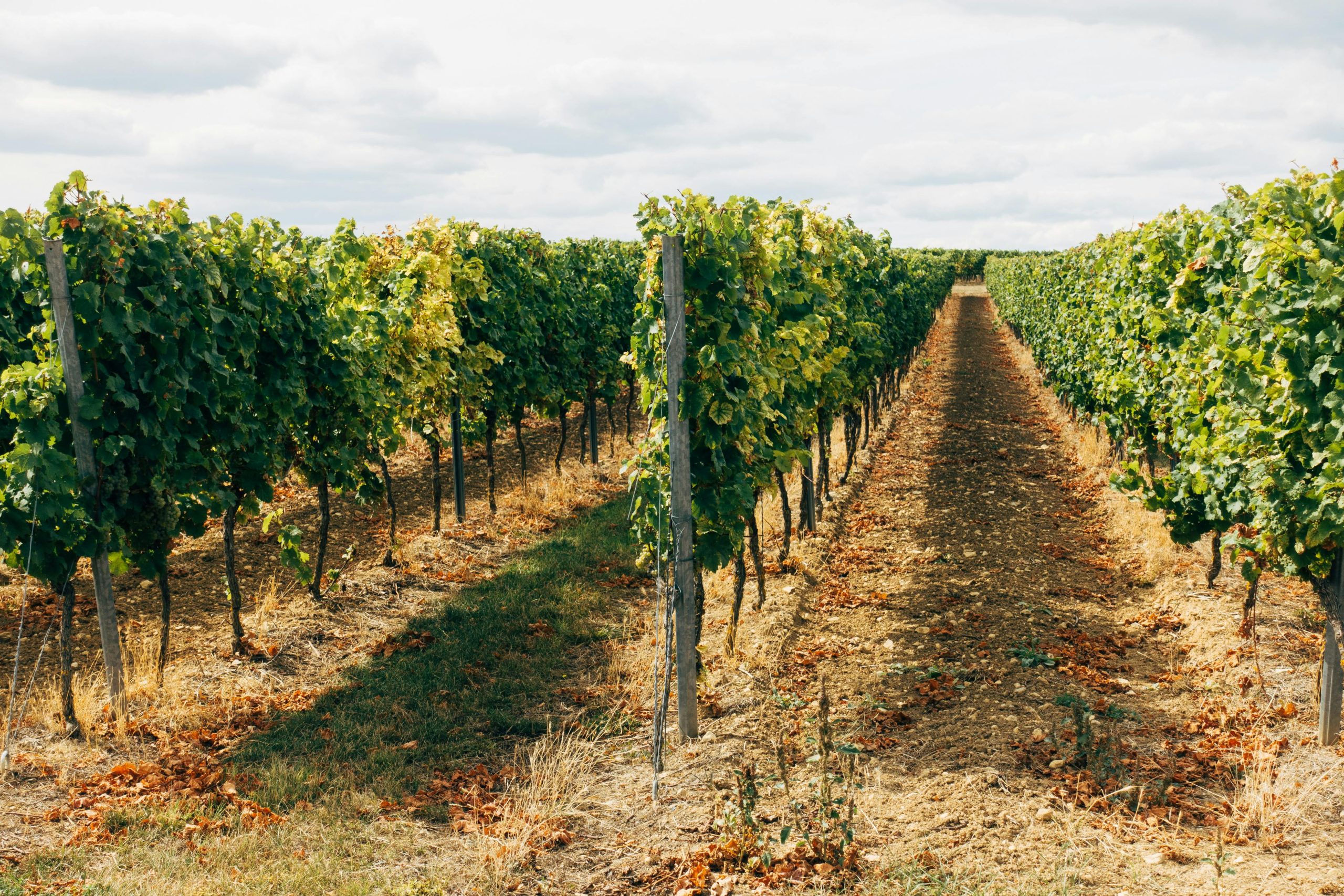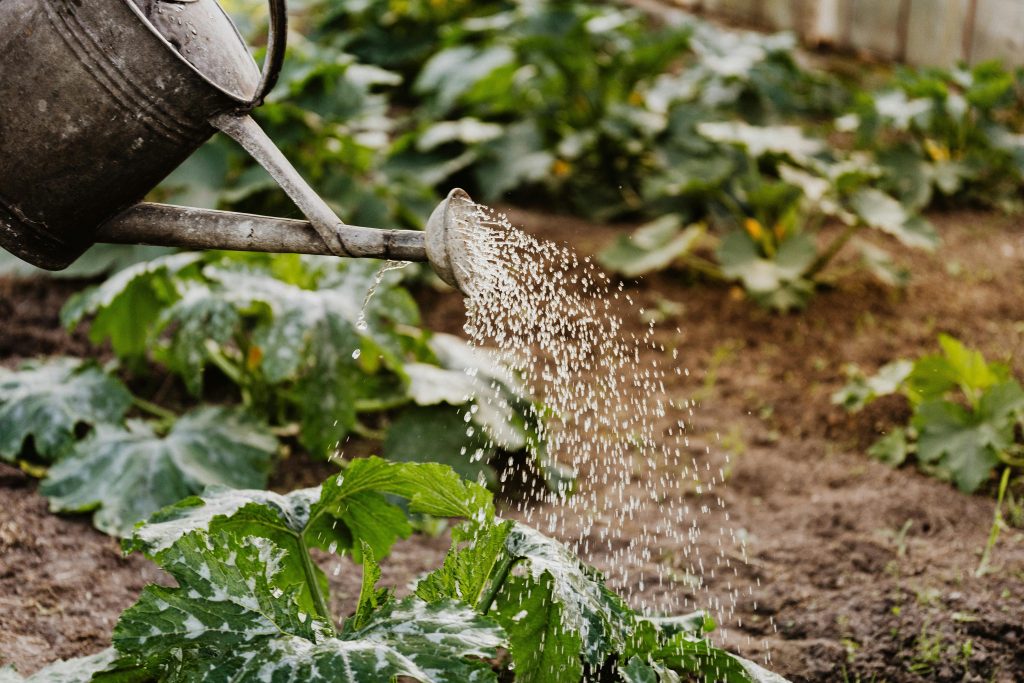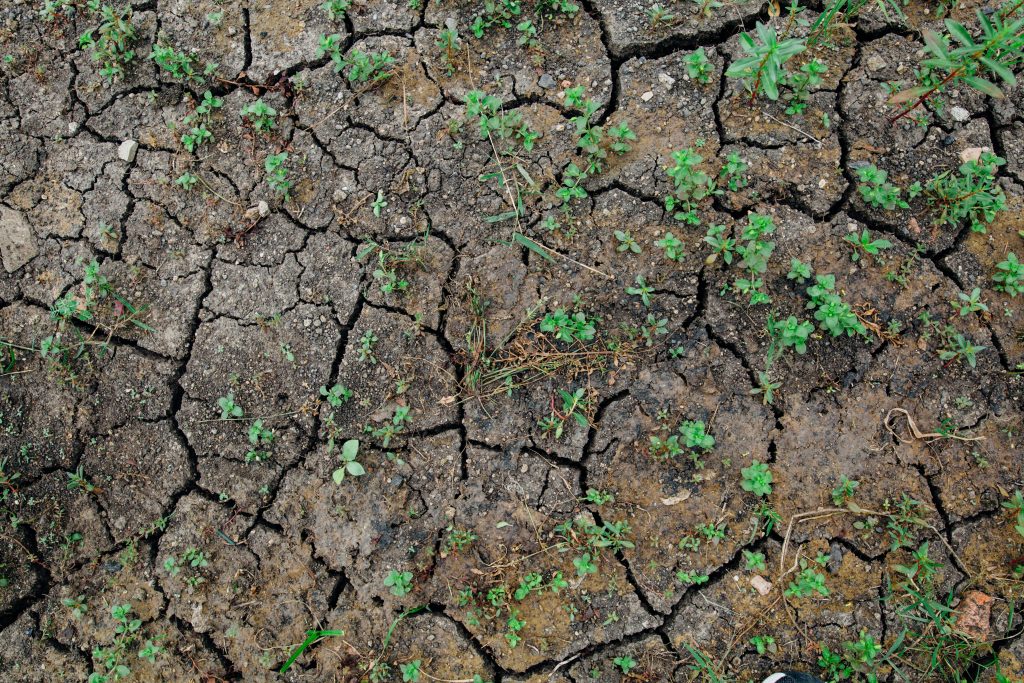
Have you ever noticed the distinct earthy scent that fills the air after a summer rain? That unmistakable aroma comes from geosmin, a naturally occurring compound responsible for the smell of wet soil. Some wines carry a similar earthiness, leading to an ongoing debate: is it a reflection of terroir, or is it a sign of microbial contamination? Winemakers, scientists, and sommeliers have long tried to unravel the origins of these earthy characteristics in wine. This article explores how geosmin and terroir influence wine aromas, how they differ, and how winemakers manage their impact.
What is Geosmin?
Geosmin is an organic compound with an intense earthy, musty, and beetroot-like aroma. It is produced by certain microorganisms, particularly actinomycetes (Streptomyces) and fungi such as Botrytis cinerea and Penicillium expansum. These microbes thrive in soil and can sometimes make their way into grapes and, ultimately, into wine.
Geosmin is detectable at extremely low concentrations—as little as 10 parts per trillion (ppt)—making it one of the most potent aroma compounds in wine. While it is often associated with wine faults, some argue that it contributes to the complexity of certain wines, particularly those from regions known for their earthy profiles.
Terroir: The Influence of Soil and Climate
Terroir encompasses soil composition, climate, topography, and vineyard management, all of which shape a wine’s characteristics. Certain terroirs are known for producing wines with pronounced earthy aromas, such as:
- Burgundy (France) – Known for Pinot Noir with distinct forest floor and damp earth notes.
- Piedmont (Italy) – Nebbiolo-based wines often carry truffle and underbrush aromas.
- Loire Valley (France) – Cabernet Franc wines can develop mineral-driven, damp soil-like nuances.
- Ribera del Duero (Spain) – Some Tempranillos exhibit deep, earthy, and rustic qualities.
Earthy notes in these wines are often attributed to minerals in the soil, climate conditions, and aging potential, rather than microbial contamination.

Geosmin vs. Terroir: How Can You Tell the Difference?
Sensory Characteristics:
| Feature | Geosmin Influence | Terroir Influence |
|---|---|---|
| Aroma | Musty, damp soil, beetroot, wet basement | Fresh earth, minerality, truffle, wet stone |
| Persistence | Often overpowering | Integrated into the wine’s structure |
| Impact on Quality | Typically a wine fault | Considered a defining characteristic |
| Origin | Microbial contamination (fungi, actinomycetes) | Soil, climate, vineyard practices |
A key distinction is intensity—if the earthiness overwhelms other aromas, it’s likely geosmin-related. If it complements the wine’s structure, it’s more likely due to terroir.
Scientific Research on Geosmin and Terroir
Studies conducted by UC Davis, the National Institutes of Health (NIH), and the Institut des Sciences de la Vigne et du Vin (ISVV) confirm that geosmin contamination is linked to microbial growth in vineyards and cellars. It is particularly prevalent in humid climates, where fungi thrive. Research also suggests that soil composition influences geosmin production, meaning some terroirs may naturally be more prone to its presence.
On the other hand, terroir-related earthiness has been linked to the interaction of soil minerals, organic compounds, and vine metabolism. Studies on Burgundy’s limestone-rich soils suggest that minerality and subtle earthiness come from a combination of terroir-driven factors rather than microbial contamination.

Can Geosmin Be a Positive Characteristic?
While most winemakers consider geosmin a fault, some argue that small amounts can add complexity, especially in rustic, old-world wines. Natural winemakers sometimes embrace slight earthy notes as part of their wine’s unique profile, as long as they don’t overpower the fruit and balance.
How Winemakers Control Geosmin in Wine
To minimize geosmin’s impact, winemakers take several precautions:
- Grape Selection: Sorting out mold-infected grapes prevents geosmin contamination.
- Hygiene in Winemaking: Proper sanitation in cellars reduces microbial activity.
- Filtration & Fining: Techniques like activated carbon treatment help remove geosmin from wine.
- Cork Selection: Ensuring high-quality corks prevents microbial contamination during aging.
For winemakers who want to preserve earthy characteristics from terroir while avoiding geosmin faults, balancing vineyard management with winemaking techniques is crucial.
Conclusion: Earthiness in Wine—A Fault or a Feature?
So, is the earthy character in wine a product of geosmin contamination, or does it come from terroir? The answer isn’t always black and white. While geosmin can be a fault, certain terroirs naturally produce wines with earthy elegance. Understanding the difference helps wine lovers appreciate complexity without mistaking microbial contamination for terroir expression.
Next time you sip a wine with an earthy aroma, take a moment to assess—does it remind you of fresh rain on hot soil? If so, you may be experiencing geosmin. But if it subtly enhances the wine’s profile, you’re likely tasting the beauty of terroir.
References
- University of California, Davis – Viticulture and Enology. Wine Microbiology
- National Institutes of Health (NIH): “The Ubiquitous Soil Terpene Geosmin Acts as a Warning Chemical”
- International Viticulture and Enology Society: “Recent advancements in understanding the terroir effect on aromas in grapes and wines”
- U.S. Geological Survey (USGS). “Taste and odor issues”